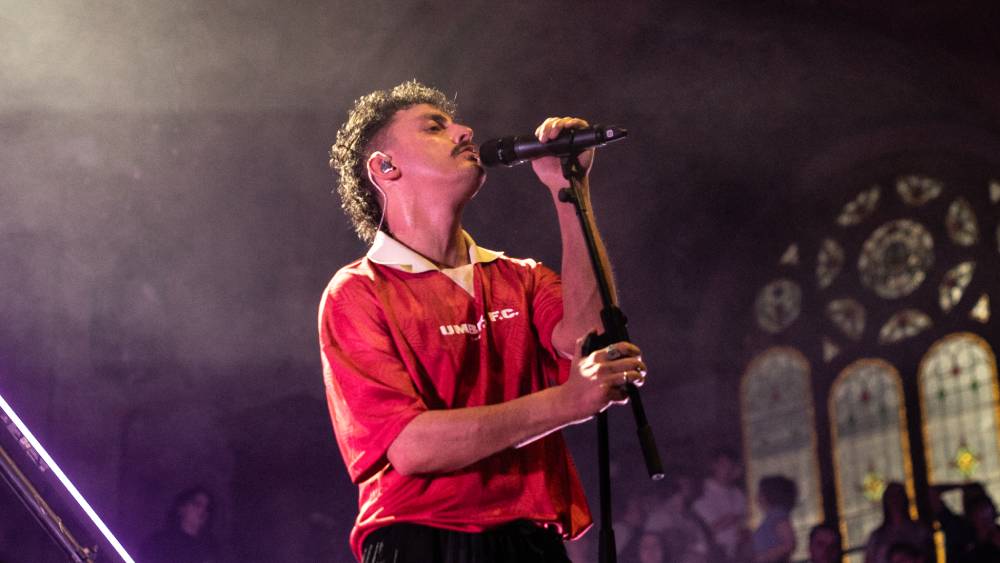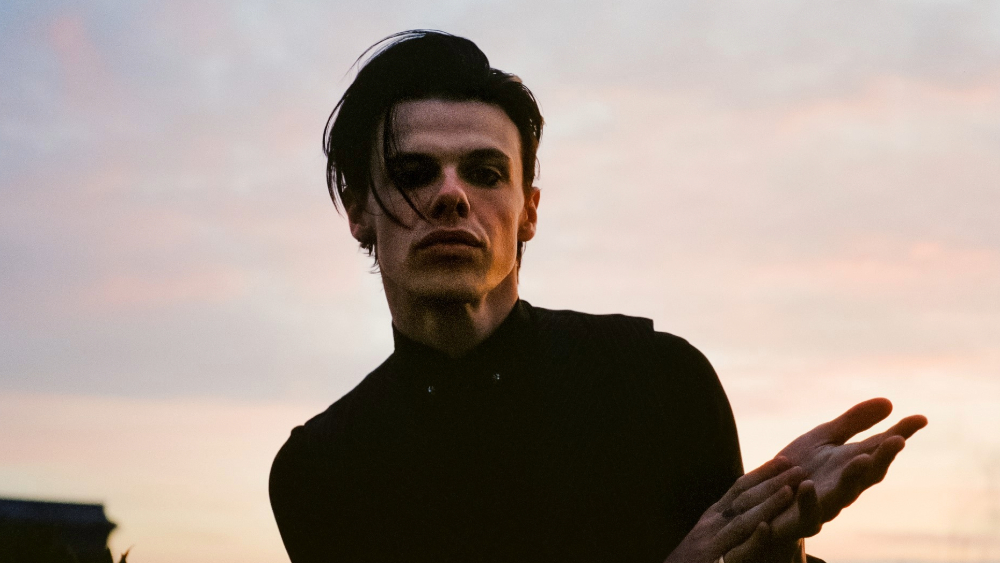No crevice of culture was left untouched by the lurid green tsunami wave of Brat in 2024. From the copycat It Girls wandering around London and New York City in rectangular sunglasses and strappy black tank tops to the US presidential campaign and news media dissecting its allure, the year was defined by a universal longing to bathe in the acidic hue of Charli xcx’s eighth album.
A year earlier, Charli was in the studio with songwriter and producer Jon Shave writing the Brat bonus track Spring Breakers. ‘It was just us having a massive laugh, with Charli saying, “Yeah, I'm never going to get invited to the Grammys, so this is my anarchic response to that”,’ Jon tells M.
Fast-forward to 2025 and Charli is toasting two Grammy wins (for Best Dance/Electronic Album and Best Recording Package) and nine nominations, as well as an Ivor Novello Award for Songwriter of the Year. ‘It’s the most poetic turn of events, really,’ he adds.
Even in the weeks leading up to its release, what Brat has gone on to achieve as an entire body of work seemed unfathomable. In the age of streaming and social media, album campaigns seem to come to an abrupt halt on release day, while artists who have previously sculpted the cultural conversation find it difficult to make an impression for more than a couple of days. Yet from its release in June 2024, Brat — and its subsequent high-octane remix album — dominated the discourse.
‘Charli had thought about every single song and what she wanted to say on Brat.' - Jon Shave
Finn Keane, formerly known as EasyFun, was another key Brat contributor, co-writing and producing sections across the album. Its success in shaping the zeitgeist through moodier, underground dance sounds was, in his view, part of a larger redemptive arc for PC Music, the former collective helmed by Charli’s executive producer A. G. Cook.
‘Everyone's been trying to work towards writing music that is immediate and fun and hooky, but then also weird and experimental and bright,’ Finn tells M. ‘Seeing it take off in this way has been really, really gratifying on a personal level, because that's what I've always wanted to do since I got into pop music.’
Both Finn and Jon were first introduced to Brat through a mission statement-style document that outlined Charli’s vision for the record. Concisely laying out its themes, visual identity and ideal collaborators, it also defined the tone of the album: an abrasive honesty coexisting alongside brash confidence, now synonymous with that shade of green. It was a manifesto defined by an overarching determination not to play any ‘industry game’, as Finn puts it.
‘It was so laser-focused and crystal clear, even from the beginning,’ Jon adds. ‘Charli had thought about every single song and what she wanted to say, so by the time she got on the mic she was searching for moods to match her ideas, rather than trying to work out what she wanted to say to match a musical mood.’
This foresight, Finn says, provided an ideal starting point for Charli’s hyper-spontaneous songwriting method, where initial ideas would often be formed in 10-minute freestyles. This same approach was applied to the album campaign, which saw remixes being recorded and released in time to stay ahead of cultural conversation. ‘Once you have a set of principles and an ethos in place, then you just work instinctively,’ Finn notes.
The project was also overseen by A. G. Cook, who helped support this ethos through, as Jon puts it, a ‘sonic rule book’ which established a set of parameters for the project’s producers and songwriters to follow. One of these was a ban on drum samples, with Brat’s sonic lynchpin instead being the Roland TR-909 — the drum machine that was fundamental to developments in dance music subgenres like techno, house and acid in the late eighties and early nineties.
Adopting these strict aesthetic rules, Jon says, paved the way for the album’s cohesion and circularity, which saw it operate as an endless DJ mix. ‘We’re in a world now where, as a producer, you can access any sound of any type and any variety at any time,’ he explains. ‘It's amazing when someone gives you limitations, because it suddenly unlocks another layer of creativity. It's then about having fun within those parameters.’
It’s also why, Jon theorises, Brat exists as an antithesis to the mainstream electronic music that’s been pushed by the industry over the past few years.
‘Dance music is always in the blood of British people. But during lockdown, when no one could go out, there was this explosion of really commercial, dance-leaning pop records that took the place of club music,’ he says. ‘I remember having a conversation with Charli early on where she was frustrated about this. She was like, “I want to make dance music, but no one's making the kind of dance music that I want to make”. Charli’s take is grittier and darker, and there's something really organic about it as well.’
'Pop culture is greatest when kids feel like it's their thing that could only happen now, and that's what Brat has really managed to achieve.’ — Finn Keane
What emerged was a slew of angular, insolent electronic sounds, underscoring an internal monologue that constantly flitted from sexy, free, wild hedonism to doubt, insecurity and anxiety.
‘There's a lot of shame in there,’ Finn notes. ‘There's also a lot of confidence and arrogance, in the best way, but it's also really, truly, saying the thing that you're afraid to say; these complicated things that you don't often talk about in a pop song.'
These harrowing confessions sat alongside inescapably catchy and often cocky earworms which spoke to the record’s unpredictability. Take the poignant, Streets-esque monologue of I think about it all the time, which sees Charli wonder if motherhood is worth sacrificing her career and freedom, immediately dissolving into 365 — an audible retelling of going too hard at the club.
In harnessing pop as a platform to explore these human experiences, Brat resonated en masse. Indeed, the so-called ‘Brat summer’ of 2024 delivered a true, had-to-be-there pop culture moment for a generation who thought they’d never see their own.
‘That was lots of kids who felt like it was their thing,’ Finn says with a smile. ‘That's really what pop culture is. It's what Beatlemania was, it’s what punk was, it's what acid house was in the late eighties, what grunge was in the early nine ties. Pop culture is greatest when kids feel like it's their thing that could only happen now, and that's what Brat has really managed to achieve.’
This article features in the latest special edition of M Magazine, which you can read in full here.





